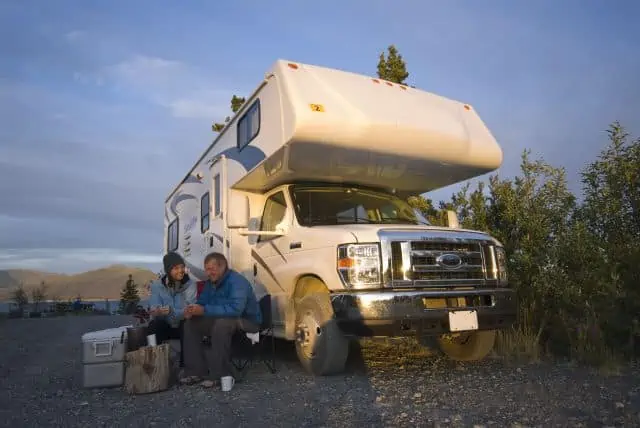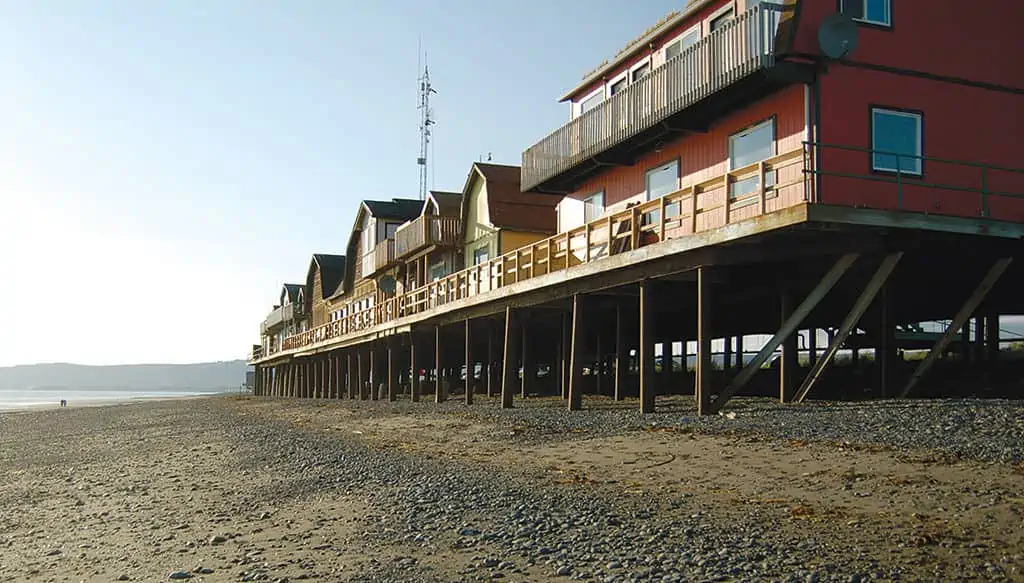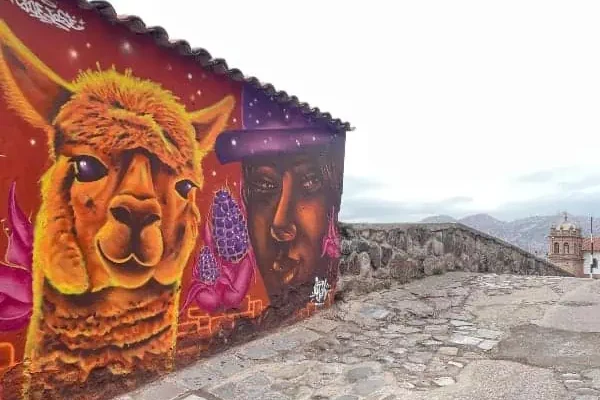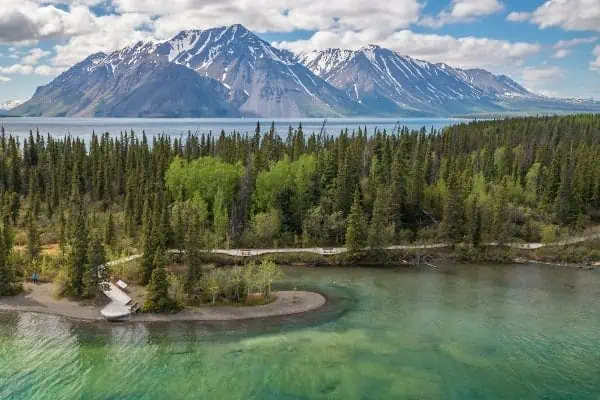The West Coast of Kenai
The Kenai Peninsula bills itself as “Alaska’s Playground,” which it certainly is judging by the crowds that descend upon it between May and September … but most of them are attracted by the water on three sides. Seward is the action spot of the peninsula (and the biggest attraction), but Homer, on the west side, is the farthest south you can drive and became my favourite place to RV camp in Alaska because of this surprise: it felt like California.
The tidal beaches between Kenai and Homer are so similar to Oregon and northern California, the only thing missing was massive redwood trees. If someone blindfolded you in a helicopter and dropped you there, you would never believe you were in Alaska (unless an oil tanker happened to slide by on the way from Valdez to Puget Sound).
It was fascinating to feel like a beach boy, so far north, and I stayed as long as I could. The road is up on a high bluff, with the occasional lighthouse, so you have to drop down small access roads to reach the beaches. One even required four-wheel drive to get back up, but all of them had nice campgrounds and no crowds … although this was in April, before the season began. I heard stories that the whole peninsula gets weird with RV traffic in mid-summer, but didn’t see it with my own eyes.
Homer calls itself the “Halibut Capital of the World” and has a long manmade spit reaching over a mile out into Cook Inlet to a place called “Land’s End.”
If I had to live in Alaska, I’d be tempted to eat my halibut out on Homer’s spit, and spend my summers at the beaches named Kasilof, Clam Gulch, Ninilchik and Anchor Point. In fact, had I visited Homer in 1971, instead of Dawson City, I may never have become a Canadian Yukoner at all.
My second choice in Alaska would be the free public campground on the tidal flats of Dyea, which is owned and operated by the city of Skagway. There is something spiritual about camping on the exact spot where the Klondike Gold Rush began. There are even some of the original pier pilings still standing where the ships of the stampeders docked at high tide.
I like to start my summer camping season with a late-April or early-May weekend at Dyea to rendezvous with the past. There’s not a lot left to see at Dyea, but you can still feel the souls of those who perished on the Chilkoot and found nothing but lonely northern graves in their greedy quest for gold.
Speaking of which: Next time, in RV Hotspots #2, we’ll visit Atlin, in northern B.C., and explain how the Canadian North’s second-most-famous tourist destination (during the First World War and the Roaring 20s) almost became a forgotten ghost town by 1950. It’s a tale worthy of the Great Gatsby era that spawned it.

ALASKA
West coast of Kenai Peninsula and Dyea tidal flats
N.W.T.
The Arctic Ocean at Tuktoyaktuk via Dempster Highway
Northern B.C.
Atlin
YUKON
- Kluane Park: Slim’s River, Sheep Mountain and the Donjek
- Top of the World: an oasis of scenery, serenity and solitude
- Southern Lakes: including Yukon’s newest campground (Conrad) on the Windy Arm of Tagish Lake





